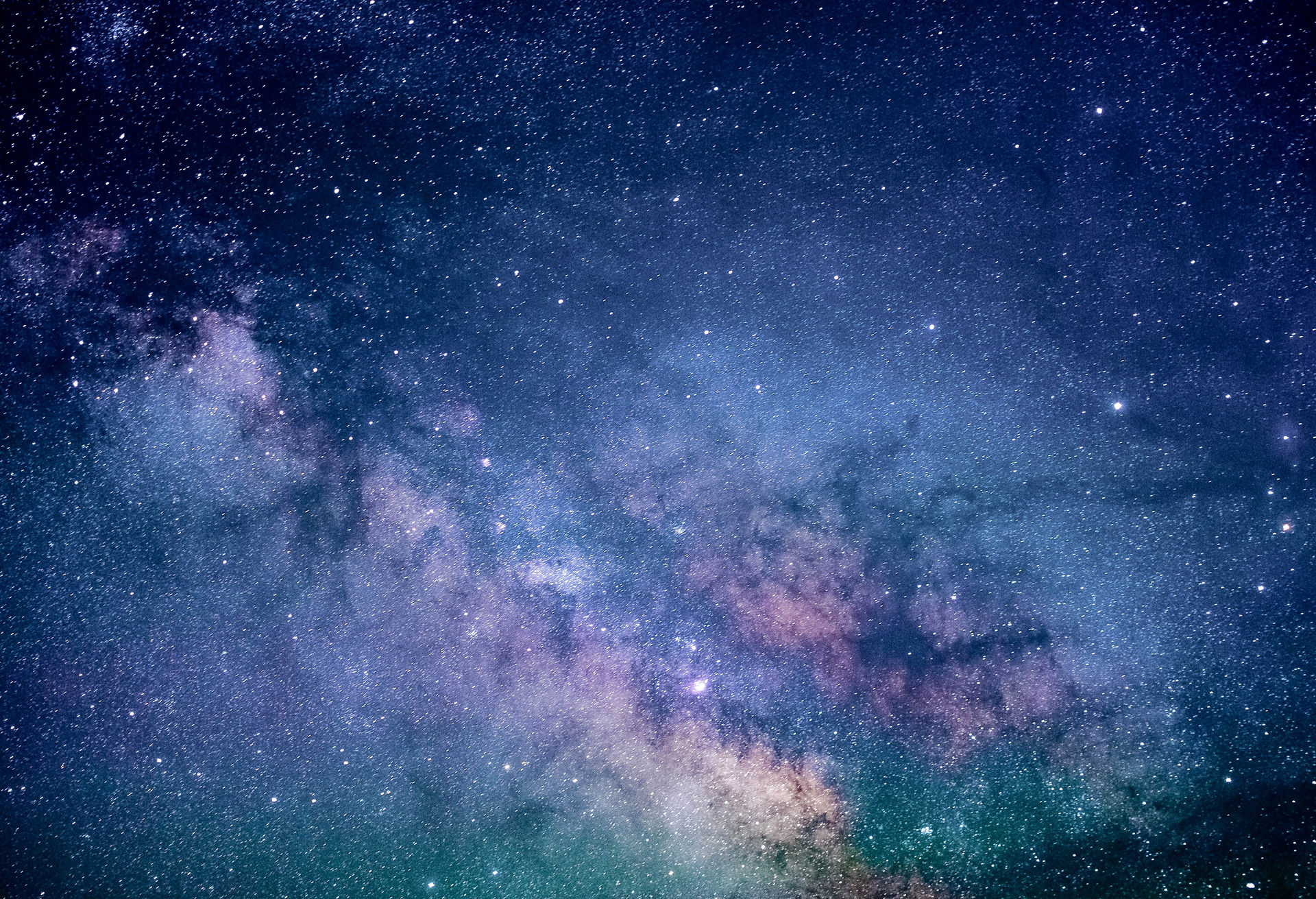Unveiling the Magic: How bubbles form and fascinate us.
- Megan Patterson
- Feb 14, 2024
- 3 min read
Bubbles – those shimmering, ephemeral orbs of delight – have captivated humans for centuries. From the joyful play of children to the effervescent fizz in a glass of champagne, bubbles hold an irresistible allure. But have you ever wondered how these enchanting spheres come to be? Let's embark on a journey into the fascinating world of bubble formation, exploring the science behind their creation and the wonders they reveal.
At its core, bubble formation is a dance of physics and chemistry, driven by the interplay of surface tension, pressure differentials, and molecular interactions. It begins with a humble ingredient: soap. When soap molecules encounter water, they arrange themselves in a unique way, with hydrophilic (water-attracting) heads facing outward and hydrophobic (water-repelling) tails tucked away. This arrangement reduces surface tension, allowing bubbles to form.
When you blow air through a bubble wand or agitate a liquid, you introduce air into the mix. As the air molecules push against the liquid surface, they stretch the thin film of soap molecules, forming a spherical shape. This spherical structure is the most efficient way to enclose the maximum volume with the least surface area, thanks to the principles of geometry.

The stability of bubbles is also influenced by the surrounding environment. Factors such as temperature, humidity, and air quality can impact their lifespan. For example, low humidity can cause bubbles to evaporate more quickly, while high temperatures can increase their rate of diffusion, leading to faster collapse.
One of the most intriguing aspects of bubble formation is the ability to create multiple bubbles within a single bubble. This phenomenon, known as a bubble within a bubble, occurs when smaller bubbles become trapped within a larger one. It's a mesmerising sight that showcases the intricate dynamics at play within the bubble's thin film.
Beyond their aesthetic appeal, bubbles serve as valuable tools for scientific research and technological advancements. In medicine, ultrasound imaging utilizes microbubbles to enhance the visibility of tissues and organs, aiding in diagnosis and treatment. In materials science, researchers study the behaviour of bubbles to improve the efficiency of processes such as foam formation and emulsification.

In the natural world, bubbles play vital roles in ecosystems and geological processes. In aquatic environments, bubbles transport oxygen and nutrients, supporting aquatic life and maintaining ecological balance. Underwater volcanoes release vast plumes of gas bubbles, shaping the landscape and influencing oceanic currents.
The study of bubbles also extends into outer space, where cosmic bubbles offer insights into the formation and evolution of galaxies. Massive bubbles of gas and dust, propelled by supernova explosions and black hole activity, reshape the cosmic landscape, leaving behind trails of stardust and star-forming regions.
As we unravel the mysteries of bubble formation, we gain a deeper appreciation for the beauty and complexity of the world around us. From the humble beginnings of soap and water to the cosmic expanse of the universe, bubbles remind us of the interconnectedness of science, art, and wonder.

So the next time you encounter a bubble, whether it's drifting lazily through the air or swirling in your favorite beverage, take a moment to marvel at the magic of its creation. In that fleeting moment, you'll find a universe of science waiting to be explored.
In conclusion, bubbles are not just whimsical orbs of air and soap; they are portals to a world of discovery and fascination. Whether studied in laboratories, observed in nature, or enjoyed in playful moments, bubbles continue to captivate our imaginations and reveal the beauty of the scientific world.

Comments